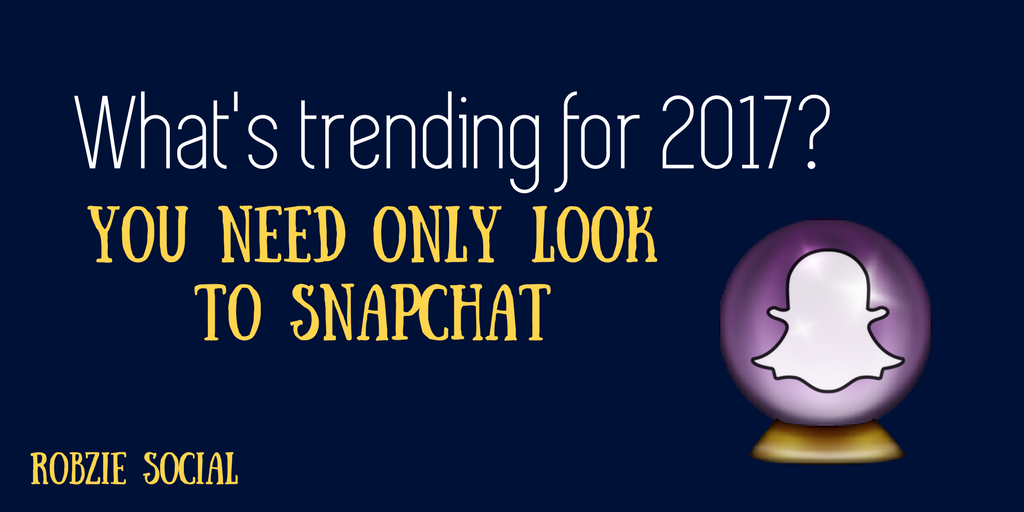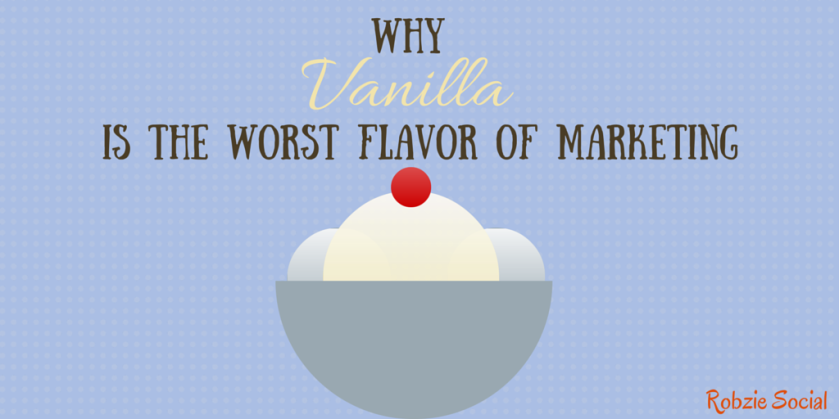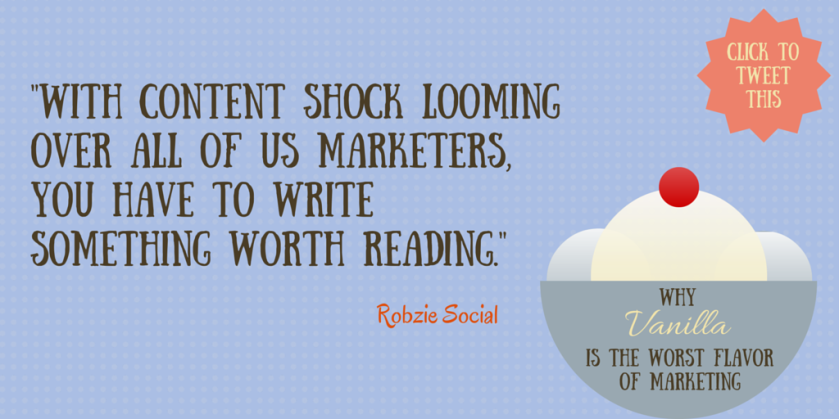The beginning of the year is the time everyone starts reflecting less on the year past and more on what is to come, especially in the world of social media and marketing. If you’re curious what kind of things we can expect in the social media landscape, however, you need only look to the direction of one app: Snapchat.
I know, I know. You’ve heard a ton of hype around this app, and you may or may not have adopted it—especially with Instagram nipping at its heels and fighting feature-for-feature with Snapchat. But I’m not trying to convince you to hop on board. I’m simply pointing out some of the features this app has implemented that are steering the direction of what we can expect from social in 2017 and beyond.
A constantly changing landscape
If Snapchat has been anything this year, it has been ever-evolving. Adding some functions, taking others way, and even making some simply temporary. The constant iteration of facial recognition filters, and now augmented reality filters, keeps users on their toes wondering what is next. It is also a way to find out (via clamoring when they’re gone) which ones users are particularly attached to. This constant evolution keeps the app fresh and new, giving them plenty of press and making each update something to look forward to. Iteration like this, or simply keeping your company fresh and in the spotlight, will be a challenge brand marketers and app developers will need to be prepared for in 2017. This ain’t going away.
A convenient aspect of an ever-changing landscape is the ability to push the boundaries, sometimes to a weird place. Let me tell you, there have been some absurdly odd facial filters on Snapchat. And since they’re only there temporarily, it gives Snapchat the ability to experiment. One bonus to this weirdness though, is that it creates virality. People appalled or amused by some of the filters are more likely to screen capture and share on other social sites, leading to more popularity potential for Snapchat. In a sea of weird selfies, brands will need to figure out how to stand out, how to experiment, and ultimately how to stay relevant.
Augmented reality and interactive media
In Q4 of 2016, we saw Snapchat do some really ingenious things with AR and their filters. One that really stood out to me was the ability to turn your own face into an old school slide puzzle game (see below), with only 10 seconds to successfully solve it (since Snapchat videos are only 10 seconds long). Entire apps are created around a game like this to pass the time. Snapchat put it IN their app. How will brands create interactive experiences that make customers and prospects feel like they are part of the fun?
There was also a skiing game, reminiscent of the old Ski Free game on Windows computers (for those of you my age) that put your face on the skier. You had to tilt your phone to move the skier and avoid obstacles. You literally become the game, and could share it with your friends to find out if they could do better than you in 10 seconds. A messaging app became an interactive game with AR functionality. Whoa.

Bringing people together
While this isn’t necessarily a new thing, going from one-to-one chat, to one-to-many chat has taken off (live video anyone?). Snapchat does this in a few ways. The Snapchat Stories feature isn’t anything new (and has also been copied by Instagram), but the ability to do two-person filters and face swaps encourages you to take more than selfies—ussies, perhaps. A new feature Snapchat added this year is group chat for up to 15 people, which still disappears after 24 hours as has been their M.O. This builds friendship and community through a chat app while still staying true to itself. Want to stay top of mind in 2017? Be the hub for your community.

I read an interesting post claiming that Snapchat’s non-intuitive interface may actually work in its favor by encouraging collaborative learning. By actually learning how to use the app from another (possibly younger) person, you’re forming a relationship with them via the app. Now this claim hasn’t been substantiated by Snapchat, nor would it be. Some have claimed this would never work for another app, and it only works because Snapchat has buzz behind it already. I can agree with that. But it’s an interesting perspective to consider, and there is a lesson here. If you can find a way to encourage your community to help each other, with you being the connection point, you’ve just become vastly more valuable to both teacher and student.
Adapting to the way people use the product
Listening to your customers? Whoda thunk it? Snapchat has done a really good job of paying attention to which features and filters people use and love, and how people use the app. For example, people were often taking screen captures of their own content, so Snapchat added the ability to save to camera roll and in the cloud in a section called Memories. Then people wanted to be able to upload photos from their camera roll and edit them, so the functionality was added. Actually, there are even a special set of paintbrush filters specifically for images pulled from your camera roll, like below.

As more companies become agile, listening to feedback and acting on it will be key to success. Snapchat exhibits this approach very well. While some companies will find an agile approach daunting due to bureaucracy and red tape, being able to quickly pivot and make changes based on customer feedback can be another key to success in 2017.
So, what do you think? How will these shape up in 2017? Where do you stand? Are you already on Snapchat, and if so, what is your favorite newer feature? Tell me in the comments. Also, feel free to follow me by snapping a photo of my code below.






















